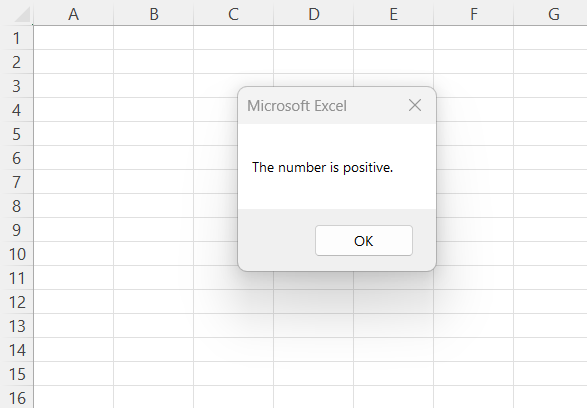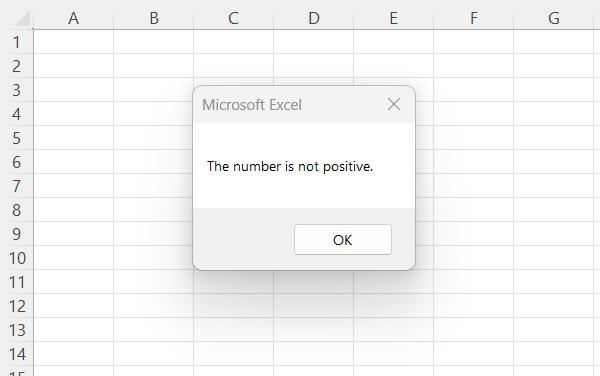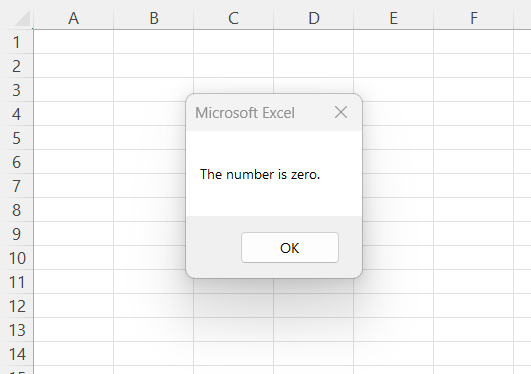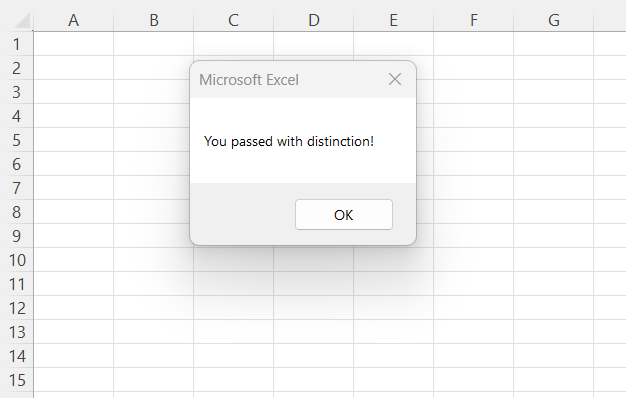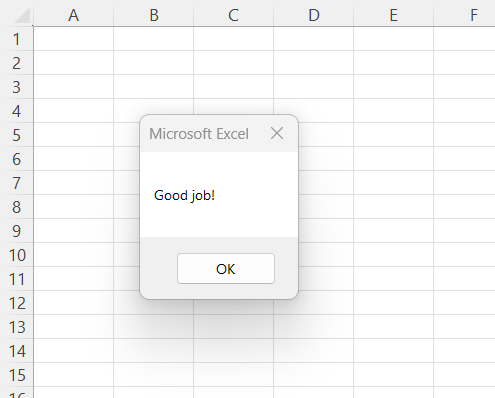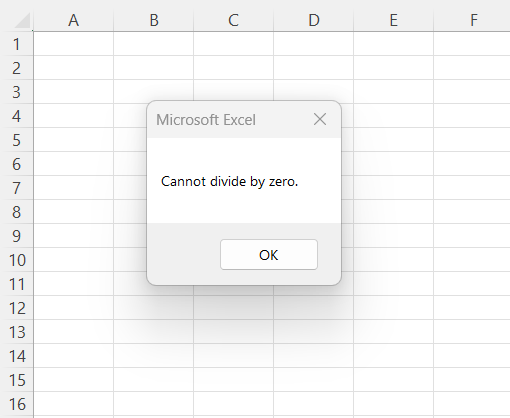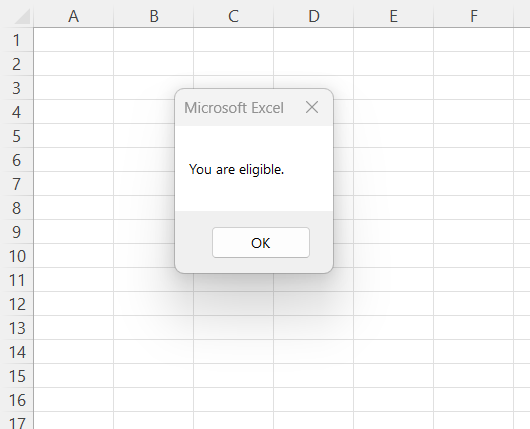Excel VBA is a powerful tool that enables automation and enhances efficiency in spreadsheet tasks. By leveraging the “Else If” statement, you can create complex decision-making processes within your macros, allowing your code to respond intelligently to multiple conditions. This article will explore how to effectively use “Else If” statements to streamline your workflows and manage data more efficiently.
Key Takeaways:
- VBA automation saves time by handling repetitive tasks efficiently.
- The “Else If” statement allows for complex decision-making in your macros.
- Using “Else If” ensures your code responds accurately to multiple conditions.
- Select Case can be a simpler alternative to multiple “Else If” statements.
- Proper use of “Else If” improves workflow automation and data management.
Table of Contents
Introduction to Excel VBA and the Else If Statement
The Power of Excel VBA in Automation
Imagine a world where the repetitive, tedious aspects of spreadsheet tasks are simply handled by a few lines of code. This is the power that Excel VBA (Visual Basic for Applications) imparts to us. It transforms Excel into not just a data analytics tool but also into a potent automation engine.
By creating macros, which are sequences of instructions, we can automate complex tasks and processes, making data management and analysis an incredibly efficient affair. I’ve seen first-hand how leveraging VBA can reduce manual errors and save countless hours that would otherwise be spent on mundane tasks.
Understanding the Role of Else If in Excel Workflows
The role of the Else If statement in ensuring smooth Excel workflows is paramount. Think of it as the decision-maker in your data narrative; it directs the path of execution based on varying conditions. As a journalist who prefers clear-cut information, I appreciate how Else If adds layers to decision-making in Excel.
It allows a more nuanced chain of logic than a simple If statement, much like branching storylines where each choice leads to a unique outcome. A solid grasp of Else If usage ensures that our Excel macros respond intelligently to the myriad of data scenarios we encounter.
Key Concepts for Mastering VBA Else If Statements
Visual Basic for Applications (VBA) in Excel is a powerful tool that allows you to automate tasks and create complex logic within your spreadsheets. One of the most fundamental concepts in VBA programming is the use of conditional statements, specifically the If...Then, If...Then...Else, and If...Then...ElseIf...Else constructs.
These statements enable you to make decisions in your code, executing different actions based on various conditions.
If…Then Statement
The simplest form of conditional statement in VBA is the If...Then statement. It evaluates a condition, and if the condition is True, it executes the code block that follows.
Syntax:
If condition Then ' Code to execute if condition is True End If
Example:
Sub CheckPositiveNumber() Dim num As Integer num = 5 If num > 0 Then MsgBox "The number is positive." End If End Sub
In this example, the code checks if the variable num is greater than 0. If it is, a message box displays the text “The number is positive.”
If…Then…Else Statement
The If...Then...Else statement expands on the basic If...Then by providing an alternative action if the initial condition is False.
Syntax:
If condition Then ' Code to execute if condition is True Else ' Code to execute if condition is False End If
Example:
Sub CheckNumberSign() Dim num As Integer num = -3 If num > 0 Then MsgBox "The number is positive." Else MsgBox "The number is not positive." End If End Sub
Here, the code checks if num is greater than 0. If it is, it displays “The number is positive.” If num is not greater than 0, it displays “The number is not positive.”
If…Then…ElseIf…Else Statement
The If...Then...ElseIf...Else statement is used when you need to evaluate multiple conditions. This structure allows you to test several conditions in sequence. The code block corresponding to the first True condition is executed, and all subsequent conditions are ignored.
Syntax:
If condition1 Then ' Code to execute if condition1 is True ElseIf condition2 Then ' Code to execute if condition2 is True ElseIf condition3 Then ' Code to execute if condition3 is True Else ' Code to execute if all conditions are False End If
Example:
Sub CheckNumberType() Dim num As Integer num = 0 If num > 0 Then MsgBox "The number is positive." ElseIf num < 0 Then MsgBox "The number is negative." Else MsgBox "The number is zero." End If End Sub
In this example, the code first checks if num is greater than 0. If it is, it displays “The number is positive.” If num is not greater than 0, it then checks if num is less than 0. If this condition is True, it displays “The number is negative.” If neither condition is True, the code falls back to the Else statement, displaying “The number is zero.”
Advance Techniques
Nested If Statements
Sometimes, you may need to evaluate multiple conditions in a hierarchical manner. This can be achieved by nesting If...Then...Else statements inside each other.
Syntax:
If condition1 Then If condition2 Then ' Code to execute if both condition1 and condition2 are True Else ' Code to execute if condition1 is True but condition2 is False End If Else ' Code to execute if condition1 is False End If
Example:
Sub NestedIfExample() Dim score As Integer score = 85 If score >= 50 Then If score >= 75 Then MsgBox "You passed with distinction!" Else MsgBox "You passed!" End If Else MsgBox "You failed." End If End Sub
In this example, the code first checks if score is 50 or above. If it is, it then checks if score is 75 or above. If both conditions are True, it displays “You passed with distinction!” If only the first condition is True, it displays “You passed!” If neither condition is True, the code displays “You failed.”
Using Select Case as an Alternative
For situations where you have multiple conditions to evaluate, using Select Case can sometimes be more efficient and easier to read than multiple ElseIf statements.
Syntax:
Select Case expression Case value1 ' Code to execute if expression equals value1 Case value2 ' Code to execute if expression equals value2 Case Else ' Code to execute if expression does not match any case End Select
Example:
Sub CheckGrade() Dim grade As String grade = "B"</pre> Select Case grade Case "A" MsgBox "Excellent!" Case "B" MsgBox "Good job!" Case "C" MsgBox "You passed." Case Else MsgBox "Grade not recognized." End Select End Sub
Here, the code evaluates the grade variable. Depending on its value, it displays a message corresponding to the grade. If grade does not match any of the cases, the Case Else block is executed.
Error Handling with If Statements
You can use If...Then...Else statements to handle potential errors in your code. This is particularly useful when you expect that a certain condition might cause an error or unexpected behavior.
Example:
Sub DivideNumbers() Dim num1 As Double Dim num2 As Double num1 = 10 num2 = 0 If num2 = 0 Then MsgBox "Cannot divide by zero." Else MsgBox "Result: " & (num1 / num2) End If End Sub
In this example, the code checks if num2 is zero before attempting to divide num1 by num2. If num2 is zero, it displays a message to avoid a division by zero error.
Combining Logical Operators with If Statements
You can use logical operators like And, Or, and Not to combine multiple conditions in a single If statement.
Example:
Sub CheckEligibility() Dim age As Integer Dim income As Double age = 30 income = 50000 If age >= 18 And income >= 40000 Then MsgBox "You are eligible." Else MsgBox "You are not eligible." End If End Sub
Here, the code checks if both conditions (age is 18 or older, and income is 40,000 or more) are True. If they are, it displays “You are eligible.” If either condition is False, it displays “You are not eligible.”
FAQ
How to write an if else condition in Excel VBA?
To write an If Else condition in Excel VBA, you start with an If statement and a condition, followed by Then and the action to perform. If the condition is false, add an Else followed by an alternative action. Close the If block with End If. Here’s a simple example:
Write this within a suitable subroutine or function in your VBA module.
What are some tips for optimizing Else If statements for better performance?
To optimize Else If statements in VBA for better performance, start by simplifying conditions and avoiding redundancy. Use short-circuit evaluation to stop checks as soon as a true condition is found. Consider using Select Case when dealing with many conditions on the same variable. Lastly, keep the code organized and structured, ensuring each ElseIf is necessary and serving a unique purpose.
How can I avoid nesting too many Else If statements in Excel VBA?
Avoid nesting too many Else If statements by simplifying the logic or using a Select Case statement for multiple conditions based on the same expression. Also, consider breaking complex logic into functions or subroutines for clarity and easier maintenance. This modular approach can reduce deep nesting and improve code readability.
Can you give an example of using Else If to streamline an Excel workflow?
Certainly, let’s say you’re managing inventory levels. Using Else If, you can automate alerts for restocking:
This VBA snippet reviews stock levels and provides a relevant message, streamlining inventory management.
What is the alternative to if else in VBA?
An alternative to If Else in VBA is the Select Case statement. It’s useful when there are numerous conditions based on the same variable. Select Case simplifies this by allowing you to list possible values and execute specific code for each one, enhancing readability and potentially improving performance compared to multiple ElseIf statements.
This cleanly organizes conditions and their outcomes.
John Michaloudis is a former accountant and finance analyst at General Electric, a Microsoft MVP since 2020, an Amazon #1 bestselling author of 4 Microsoft Excel books and teacher of Microsoft Excel & Office over at his flagship MyExcelOnline Academy Online Course.

